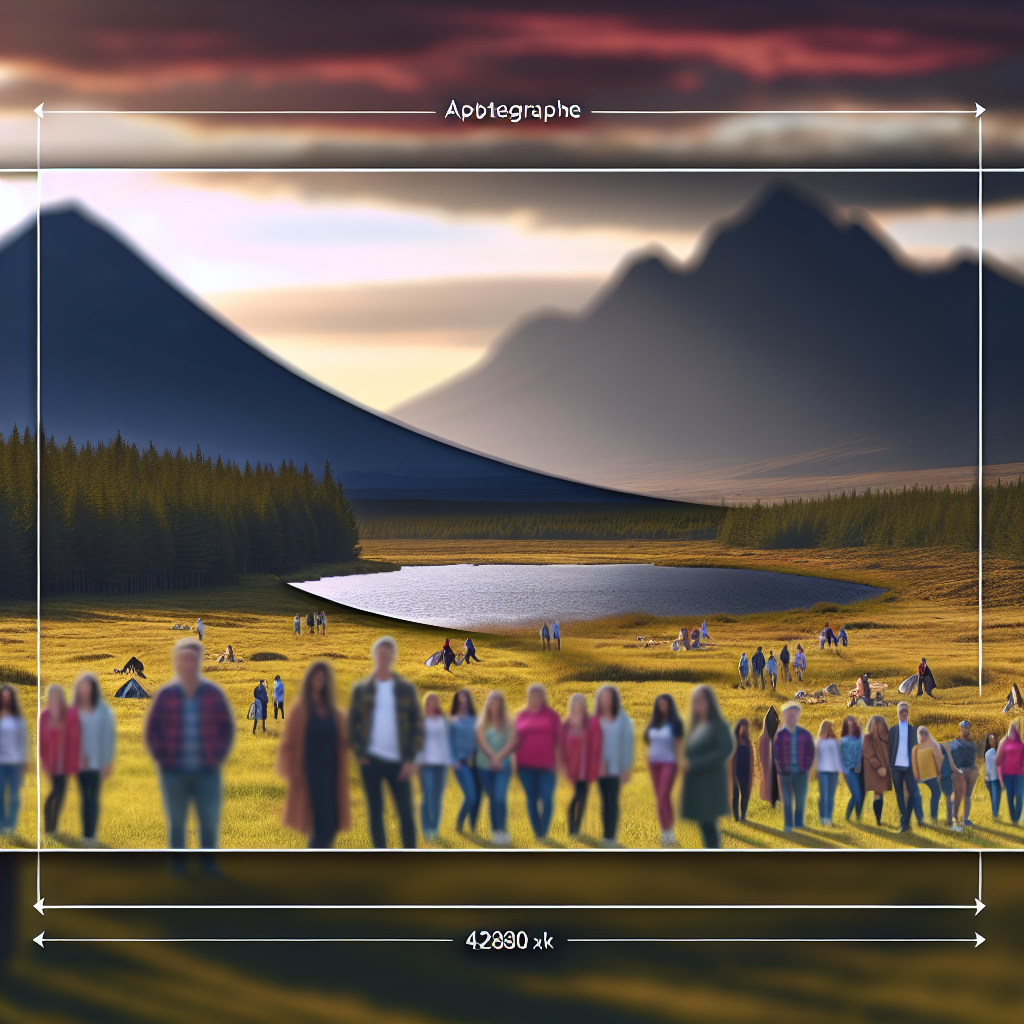Marketing Forensics
How to Create High-Converting Facebook Ad Funnels
-
Table of Contents
- How to Create High-Converting Facebook Ad Funnels
- Understanding Facebook Ad Funnels
- Why Facebook Ad Funnels Matter
- Steps to Create a High-Converting Facebook Ad Funnel
- 1. Define Your Audience
- 2. Create Compelling Content
- 3. Set Up Your Ad Campaigns
- 4. Monitor and Optimize Your Funnel
- Case Study: How Shopify Used Facebook Ad Funnels to Increase Conversions
- Conclusion
How to Create High-Converting Facebook Ad Funnels

Facebook, with its 2.8 billion active users, is a goldmine for businesses looking to reach a broad audience. However, to truly harness the power of this platform, you need to understand how to create high-converting Facebook ad funnels. This article will guide you through the process, providing valuable insights, relevant examples, and supporting statistics.
Understanding Facebook Ad Funnels
Before diving into the creation process, it’s crucial to understand what a Facebook ad funnel is. In simple terms, it’s a series of ads designed to guide potential customers through the buying process, from awareness to consideration, and finally, to conversion.
Why Facebook Ad Funnels Matter
Facebook ad funnels are essential for several reasons. They allow you to target different audience segments based on their stage in the buying process, ensuring that your ads are relevant and effective. According to a study by WordStream, businesses using ad funnels have seen up to a 300% improvement in their conversion rates.
Steps to Create a High-Converting Facebook Ad Funnel
1. Define Your Audience
The first step in creating a high-converting Facebook ad funnel is defining your audience. This involves understanding who your potential customers are, their interests, behaviors, and demographics. Facebook’s Audience Insights tool can be a valuable resource in this process.
2. Create Compelling Content
Once you’ve defined your audience, the next step is to create compelling content that will attract and engage them. This could be in the form of blog posts, videos, infographics, or other types of content that your audience finds valuable.
3. Set Up Your Ad Campaigns
With your audience defined and your content created, you can now set up your ad campaigns. This involves creating different ads for each stage of the funnel. For example, you might create awareness ads to attract new customers, consideration ads to engage those who have shown interest, and conversion ads to persuade those ready to make a purchase.
4. Monitor and Optimize Your Funnel
Once your ad funnel is live, it’s crucial to monitor its performance and make necessary adjustments. This could involve tweaking your ad copy, targeting, or budget based on the results you’re seeing. Facebook’s Ads Manager provides detailed analytics that can help you in this process.
Case Study: How Shopify Used Facebook Ad Funnels to Increase Conversions
Shopify, a leading e-commerce platform, provides a great example of how to use Facebook ad funnels effectively. They created a three-stage funnel targeting different audience segments: those unfamiliar with Shopify, those who had visited their website but not signed up, and those who had started the sign-up process but not completed it.
By tailoring their ads to each audience segment, Shopify was able to significantly increase their conversion rates. In fact, their conversion ads, targeting those who had started but not completed the sign-up process, achieved a conversion rate of 5.13%, well above the industry average of 2.35%.
Conclusion
Creating a high-converting Facebook ad funnel involves understanding your audience, creating compelling content, setting up targeted ad campaigns, and continuously monitoring and optimizing your funnel. By following these steps, you can significantly improve your conversion rates, as demonstrated by businesses like Shopify. Remember, the key to a successful ad funnel is relevance – ensuring that your ads are tailored to your audience’s needs and stage in the buying process.
